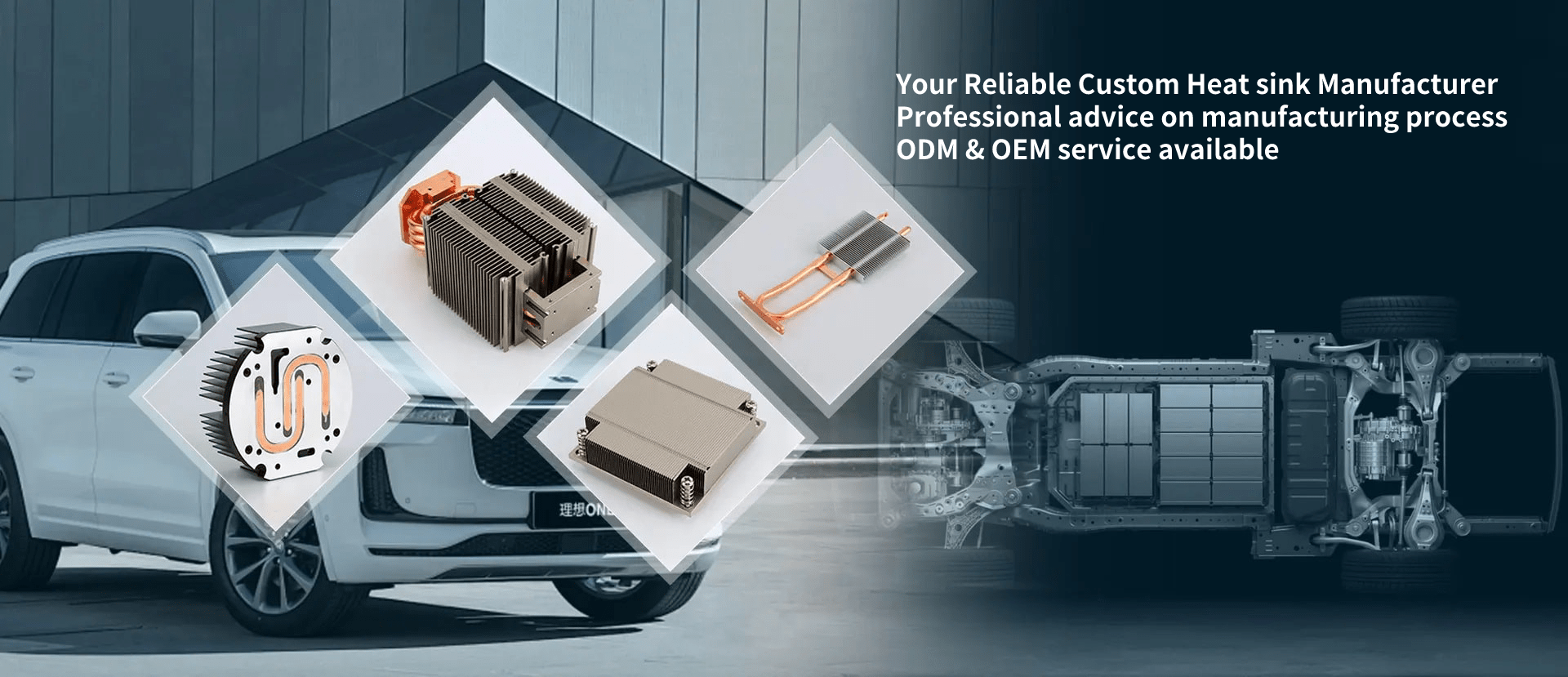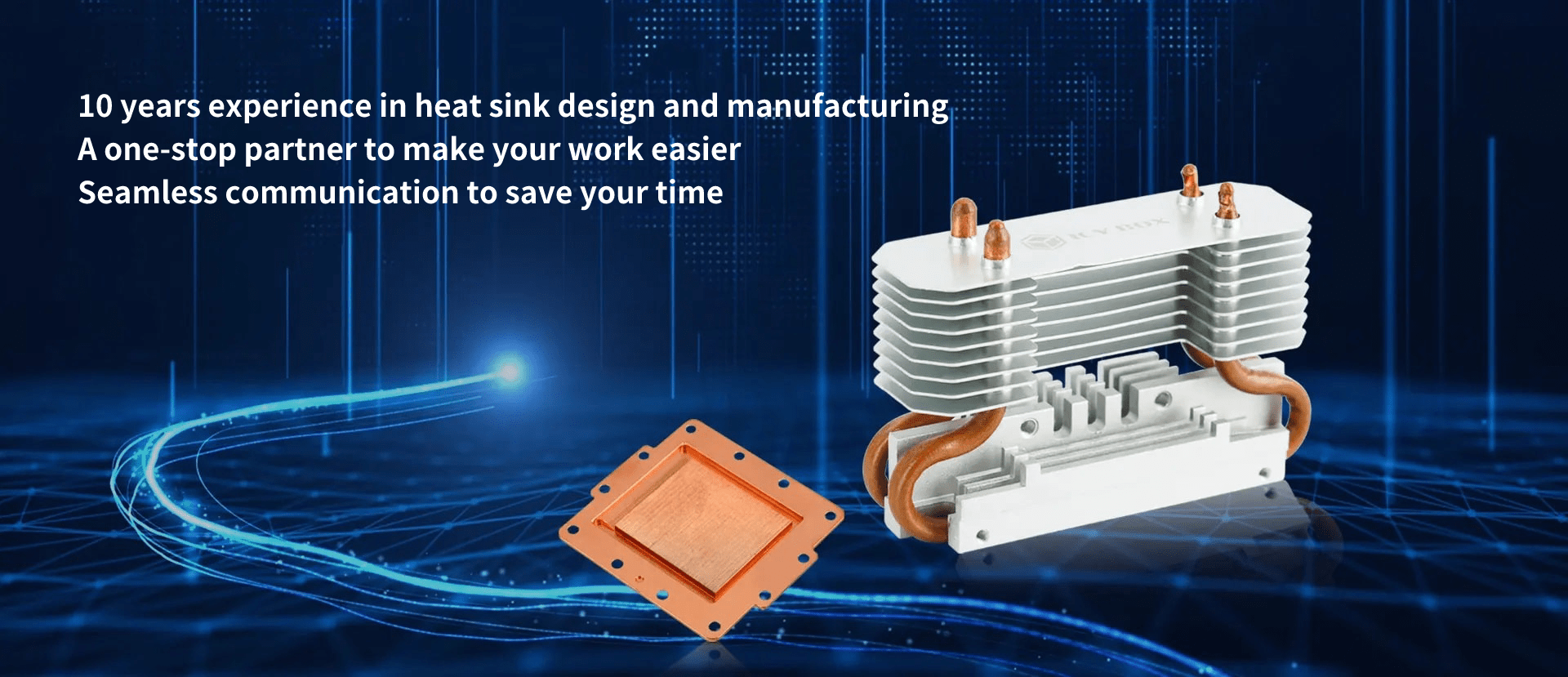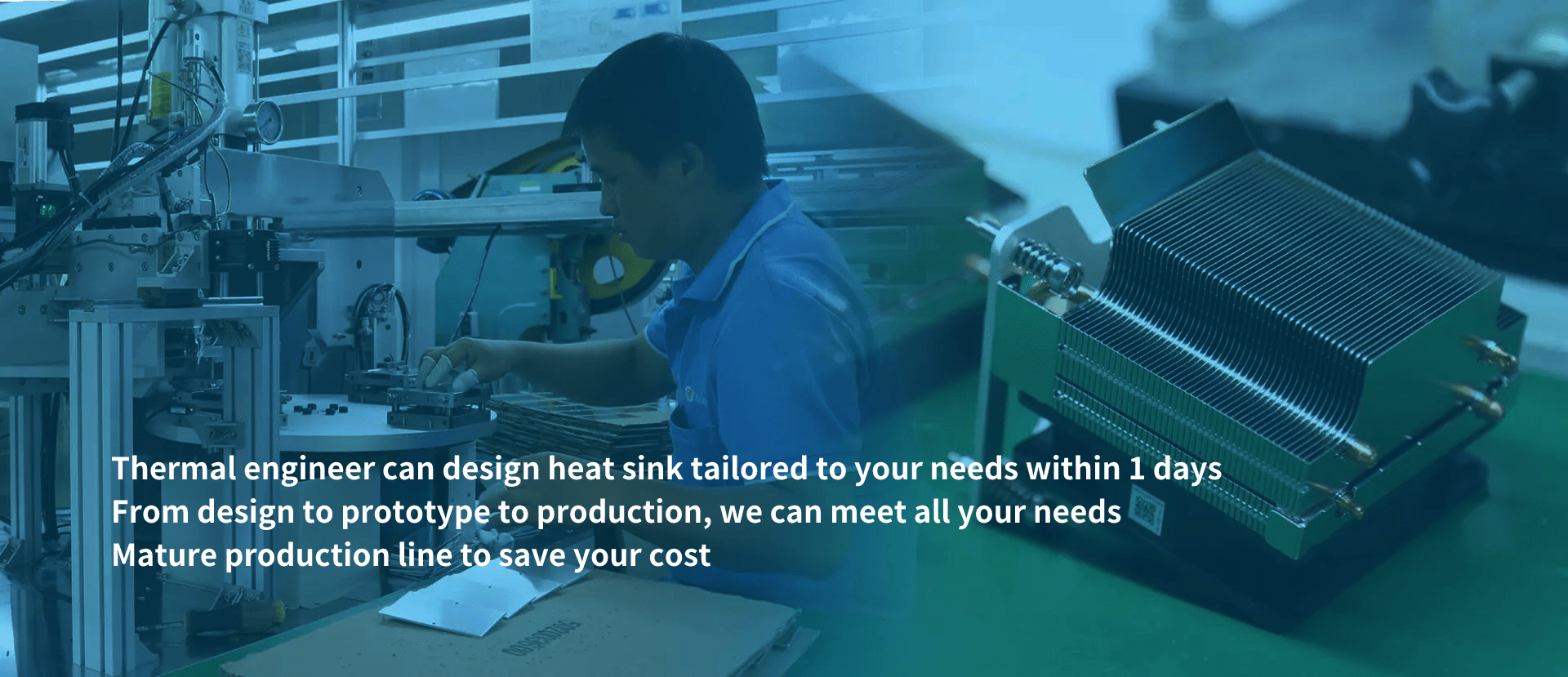- Sheet Metal Casings
- Die Casting Parts
- CNC Turning Parts
- CNC Milling Parts
- Heat Sinks
- Stamping Components
- Stainless Steel Components made by 4-axis CNC Milling Machines
- Aluminum Extrusion Heatsink
- Aluminum Extrusion Heat-sink with Painted Finishing
- Stainless Steel Components for Electronic Euipmets
- CNC Precision Turning Part, with passivation surface
Updates in Robot Actuators and Electrical Systems Thermal Management Solutions
2023-04-28
The robotics industry continues to grow at an accelerated pace. As robots become more advanced and complex, managing the thermal effects in their actuators and electrical systems is critical for optimal performance and reliability.
New actuator technologies such as harmonic drives, torque motors and smart materials provide more power density but also generate more heat. Harmonic drives, which provide gear reduction in a small form factor, can reach high temperatures that require active cooling solutions. Torque motors, used to directly drive joints, require effective thermal management to maximize continuous and peak torque performance. And smart materials like shape memory alloys need controlled thermal environments to function properly.
Advances in electrical systems such as high-voltage power distribution and feedback devices also increase the need for thermal management. For example, power electronics that provide high currents to actuate robots can overheat without proper design. And features such as inline torque or position sensors must remain in specific temperature ranges to ensure accuracy.
To address these thermal challenges, robotics engineers are utilizing new cooling techniques and smarter thermal management solutions. Liquid and refrigerant cooling systems can remove more heat compared to air-cooling alone. Thermal interface materials efficiently transfer heat from components to cooling systems. And smart temperature sensors combined with onboard heaters or coolers enable precise thermal control and maintenance of optimal temperature ranges.
Robot actuators and electrical systems will continue increasing in power density and complexity. Keeping pace with ever-advancing robot thermal management solutions will require ongoing innovation in both passive and active temperature control techniques to ensure maximum robot performance, no matter the task. Robots that can efficiently manage their thermal environments will have key advantages in functionality, reliability and operational times.






 English
English German
German Spanish
Spanish Arabic
Arabic French
French Italian
Italian Portuguese
Portuguese Japanese
Japanese Chinese
Chinese